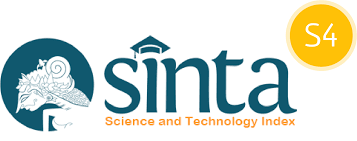Formulation of Anti-Acne Gel of Moringa oleifera L Ethanolic Extract and Antibacterial Test on Staphylococcus epidermidis
Abstract
Moringa oleifera L. leaves contain flavonoid, alkaloid, and phenolic compounds which have
antibacterial activity. Staphylococcus epidermidis is one of the bacteria that causes acne. The purpose of this study
is to compare bacteriostatic ability of the extracts and gel for S. epidermidis bacteria and to get gel formula that
can fulfills the physical properties of a good gel. Moringa leaves were extracted with maceration method using
ethanol 70% in three days. HPMC 4000 was used as the polymer. Extract was added with variation
concentrations of 5, 10, and 15%. Physical evaluation of gel was organoleptic, homogeneity, pH, viscosity,
adhesion, and spread tests for 4 weeks. In vitro bacteriostatic activity test with 1% clindamycin gel as positive
control and polymer gel as negative control. The result showed that variations concentrations of ethanolic
extract of Moringa leaves affected the physical properties of gel including viscosity, pH, adhesion and
spreadability. Bacteriostatic activity test of ethanolic extract of Moringa leaf was classified as strong activity,
while 15% Moringa leaf ethanol extract gel was classified as moderate activity with average diameter was 9.14
mm.































